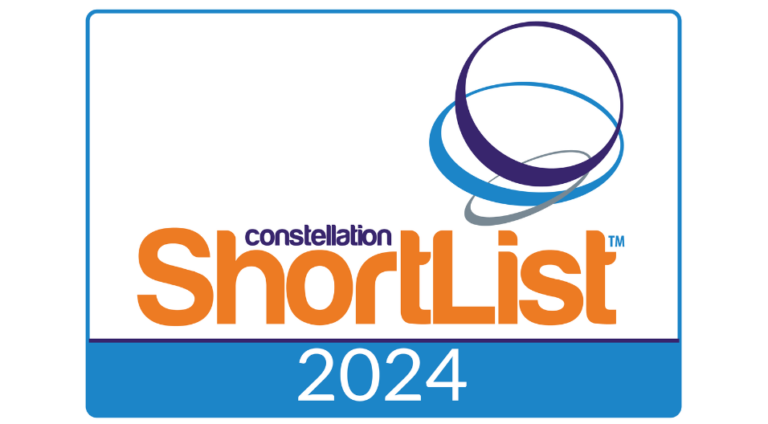With more than 90% of health plans leveraging HEDIS as a primary performance and quality measurement, understanding some of the challenges and strategies available to close gaps is key to driving organizational performance. In this series, we explore HEDIS measures in-depth, providing insight into how health plans can close care gaps by implementing member engagement best practices. This article focuses on increasing adolescent well-care visit rates by scaling tailored, locally-driven member outreach.
The Importance of Adolescent Well-Care Visits
Well-care visits provide an opportunity for providers to assess and improve the health and development of children and adolescents. These visits not only help to keep members and their family’s healthy, but they can also help to build trust among provider, child, and family which can lead to improved health engagement in the short and long-term.
For health plans, high ranking Well-Child scores can affect the health plans auto-assignment, capitation payments, and reputation. By encouraging members to attend annual well-care visits, there is an opportunity to reduce unnecessary utilization and reduce the overall cost of care, both in the short and long term. Preventing potential health challenges can help avoid stressful or costly situations that can further impact both guardian and child health and overall wellness.
What Challenges Exist in Increasing Well-Care Visit Rates?
When it comes to making sure members are able to schedule and attend well-care visits, there are many barriers that may exist. These can include the following:
- Scheduling difficulties for the parent or guardian, especially as it relates to employment and the need to take off of work to meet pediatricians that don’t work weekends or after hours.
- Low health education on the importance of attending annual well-care visits
- Transportation challenges that make it difficult to attend the visit
Without the right resources, it is a challenge for health plans to reach, educate, and engage members in scheduling appointments. Additionally, there are often barriers to ensuring that members attend the appointment and take the proper steps to maintain their health. To meet HEDIS requirements around well-care visits, health plans should employ strategies designed to overcome these barriers in a cost-effective way.
How Can Health Plans Close Well-Care Visit Gaps and Drive Improvements?
Many of the barriers or reservations that members face in getting their children in for well-care visits can be remedied to ensure children receive the care they need. The first step is for the plan to understand what the challenge is and address it. Whether it is scheduling or transportation challenges, more likely than not, your health plan has services designed to help.
By engaging members proactively, plans will be able to solve challenges. Care teams can promote Well-Child visits by calling or texting members, ideally at scale, to educate on the importance of well-child visits. By asking questions around common clinical and non-clinical barriers, automated outreach technology can uncover the core issue and then connect the patient with the right resource to resolve the issue. This process of care team intervention is both effective and efficient due to automatically alerting relevant care team members of the issues patients need assistance with. With Well-Child visit reminders, care teams can be notified of patients needing education, scheduling assistance, or other social needs. This process allows for potential issues to be avoided proactively and improves member satisfaction by enabling care team members to quickly follow up on and close the loop on outstanding items.
To streamline this process further, leverage solutions that detect patients eligible for well-care visits and can perform outreach year-round to avoid last minute labor and during crunch time to help plans meet their benchmarks.
Case Study: Getting Members to Schedule Well-Care Visits
When it comes to getting members to schedule and show up to appointments, outreach plays a critical role. For a Texas-based physician group, CipherOutreach for appointment reminders play a large role in ensuring patients attend their visit. By deploying automated calls, the practice can efficiently identify patients who may need to reschedule or cancel their appointments without needing additional resources. After implementing CipherHealth’s technology, the practice saw a 98% decrease in cancellations due to no-shows.
Child well-care visits are important for health plans looking to meet HEDIS goals. By understanding and acting upon member needs with outreach, plans are better able to meet goals proactively. With appointment reminders coming directly from the practice, there is an increased likelihood that the member will interact and take the desired actions.
Read on to access the full case study and see how CipherOutreach can help health plans achieve goals with member and provider engagement.








